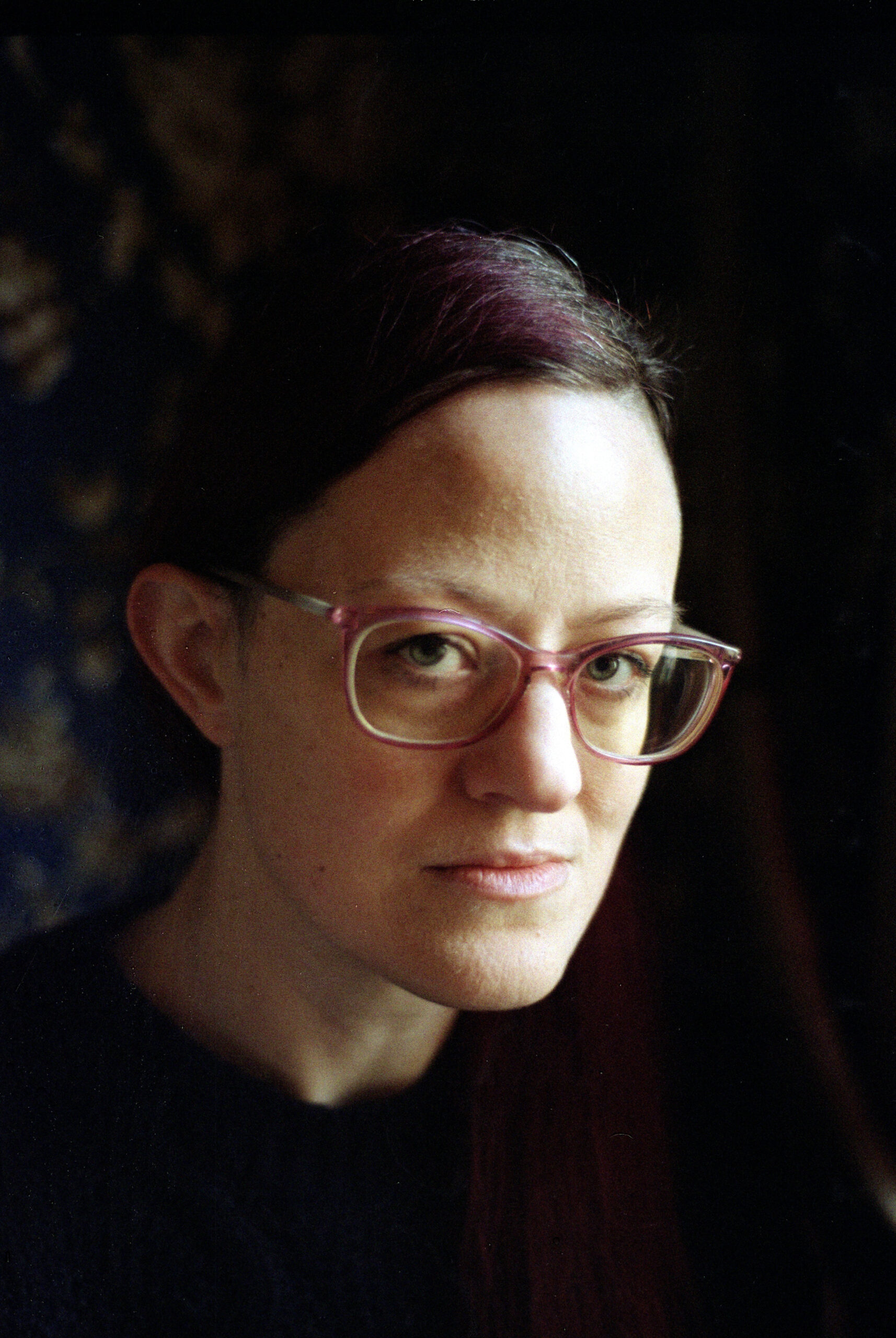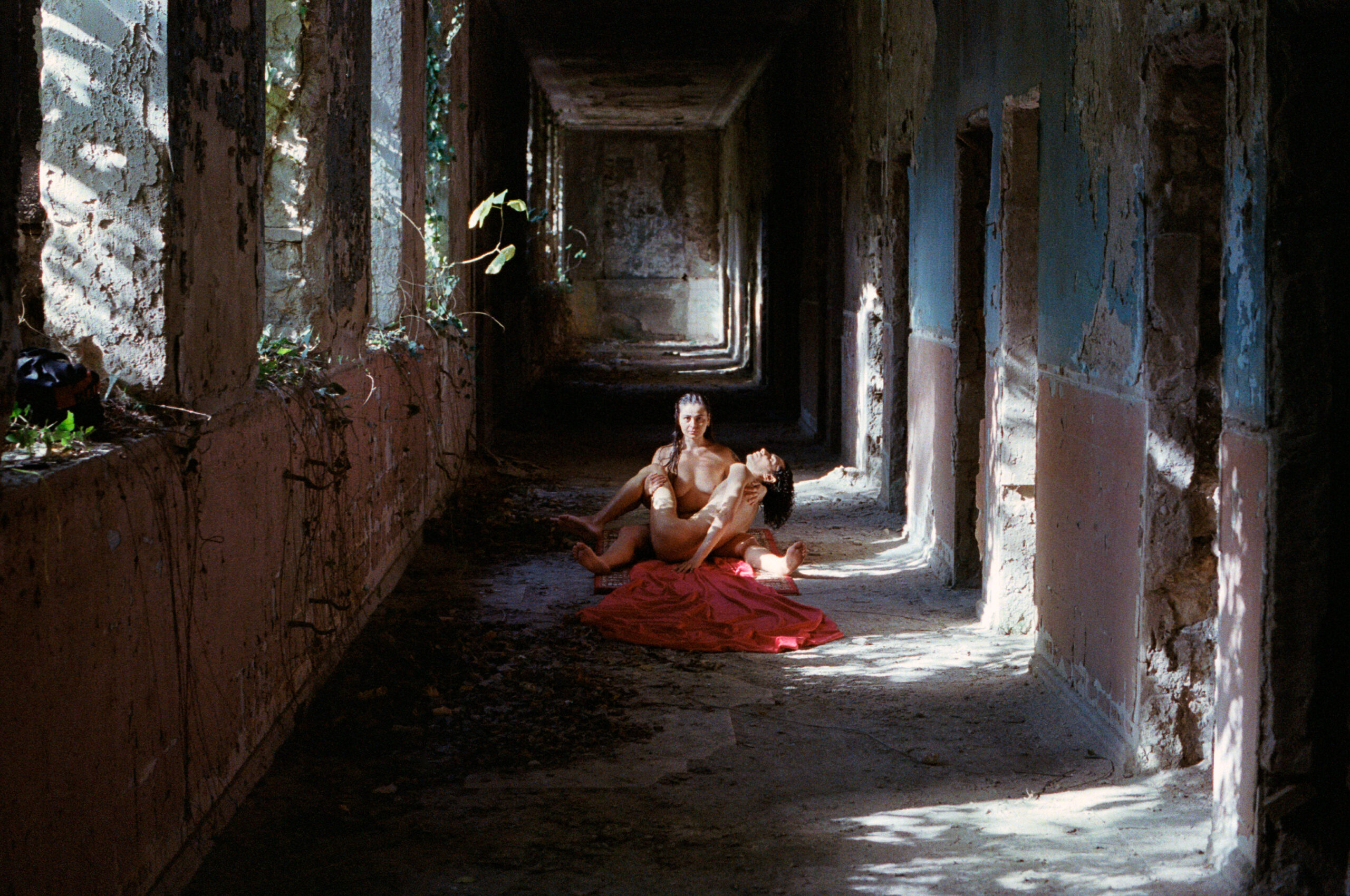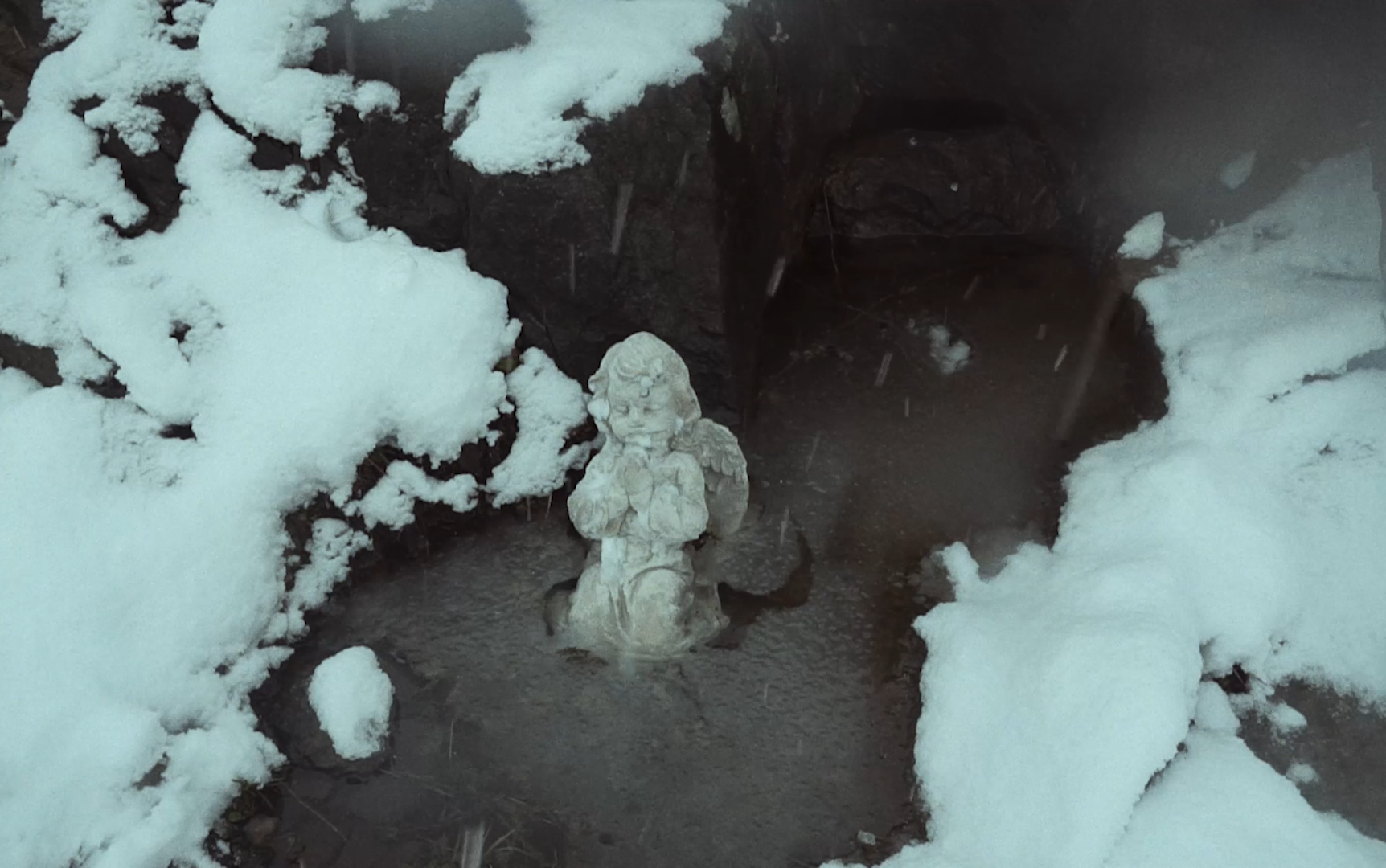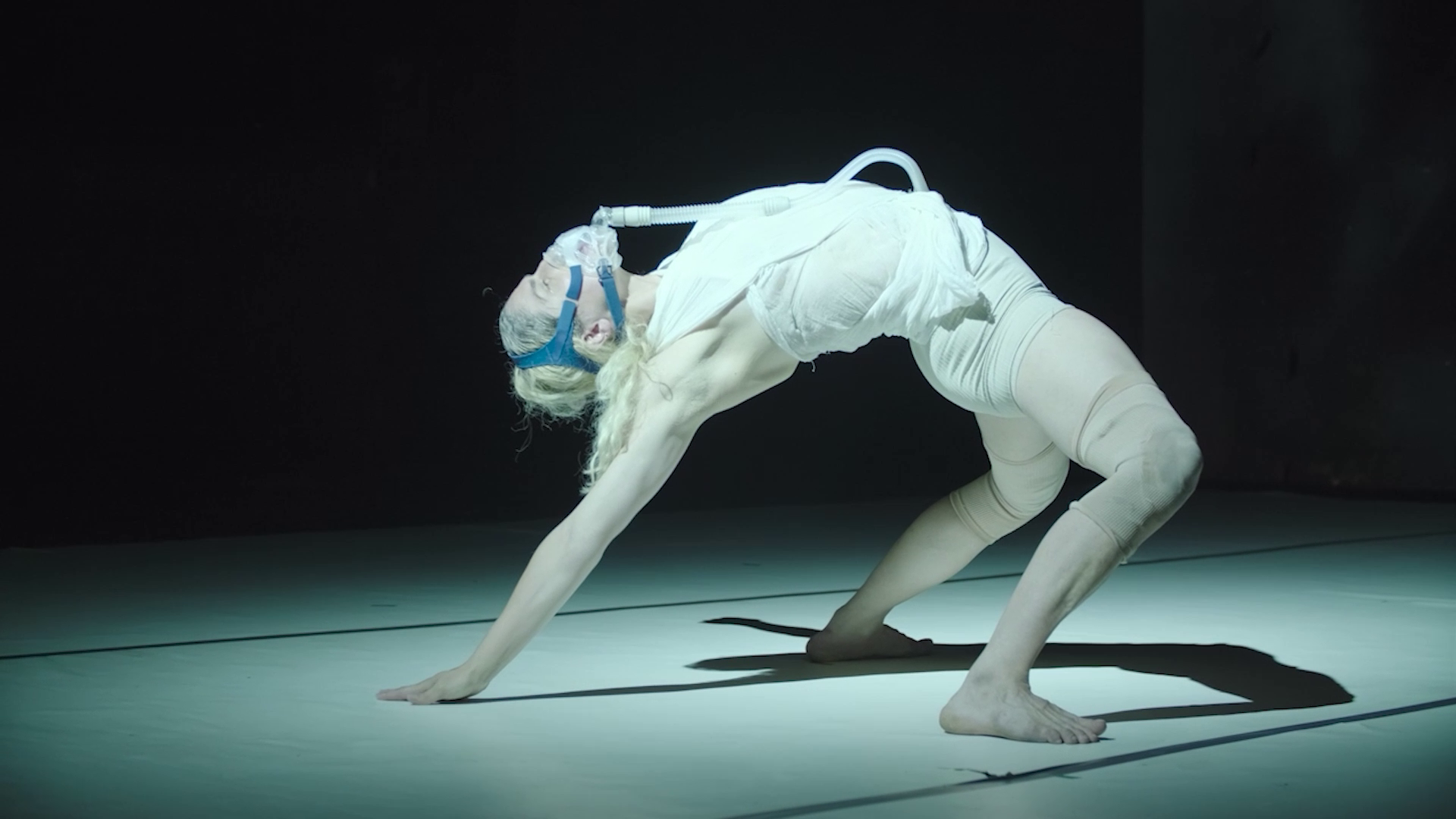I OFFER THE VOICE OF THE WOUND

A note from the curator
“The series presents 3 works by artists from the South Caucasus region and Ukraine and it explores multiple layers of memory, trauma and disorientation in the current condition of deep uncertainty and instability that the region is going through: how they affect bodies, how they shape human relationships, how they produce a sense of being lost and fragmented. The selected works speak of deep vulnerability but also of strong resistance.”
Sabrina Bellenzier
I OFFER THE VOICE OF THE WOUND
The Virgin Seed is a collaborative experimental performative film, which was created by Salomeya Bauer and Pari Banu Asgar in the frame of the “NoBorderland” residency in Tskaltubo, Georgia, 2022. The film aims to highlight the idea of the childhood and parental traumas of those who do not know how to accept their queer child. It is a metaphor for the circle of life.
Virgin Seed. Mother’s manifesto:
I gave birth to you, but no one told me who you would be, or who you would want to be. No one taught me how to protect you.
I have to teach you how to survive in this society. Should I become a part of this society to give you a lesson? Or should we go to a desert island so that you won’t have any reason to hate me when you grow up? Should I put you in an aquarium to hide your fragile body from all predatory fish, which will evaluate you and place you according to their standards?
Compassion does not come without pain. Empathy is mistakes that have become lessons. I want to be your friend.
But society tells me that I should be your borderland. If you get lost, I have to find you, if you make a mistake, I have to justify you. Or punish.
They say I have to teach you how to survive. But I want to teach you how to love. Love that does not bring pain, love that forgives everything and accepts everyone.
The Chronicles of Anachoret is an experimental film at the intersection of mimodrama, expanded cinema, and philosophical reflection on war, memory, and displacement. It continues the narrative of the previous movie “Synumeru – soniakh”, where the shock of catastrophe fractures time, dissolving linearity and pushing the protagonists into a state of post-traumatic delirium.
In The Chronicles of Anachoret, we move from the immediacy of destruction to a phase of wandering — a psychological and existential exile. The protagonist, a hermit (anachoret), is caught in a fluid, deformed reality where past and future blur under the false appearance of the present.
The “lost ones” who appear along the way are both refugees of war and phantoms of memory, coexisting in a reality shaped by fragmentation and disorientation. They move through symbolic landscapes—snow-covered roads, frozen rivers, ephemeral shelters—metaphors for instability, impermanence, and the search for meaning in the aftermath of catastrophe.
The performance invites the audience into a raw and vulnerable state depicting personal struggles like mistrust, frustration, subordination, and newfound freedom. It explores the entirety of emotions towards doctors, resulting from misdiagnosis, medical errors and disrespectful behavior, influenced by both individual and cultural factors.
In a country with a poorly functioning healthcare system and limited infrastructure, accurate diagnosis relies on proximity and privileged connections, leading to suspicion and constant verification. The performance reveals abusive medical experimentation without consent or clear explanation, exploring traces of pain and learned behavioral patterns.
The work portrays physical experiences of humiliation, pain and mistrust as corporeal memories, showcasing the doctors exercise of power and manipulation through the human body. Furthermore, the piece delves into brutal memories such as organ removal or near-loss, illustrating resilience and emotional healing from the trauma.




